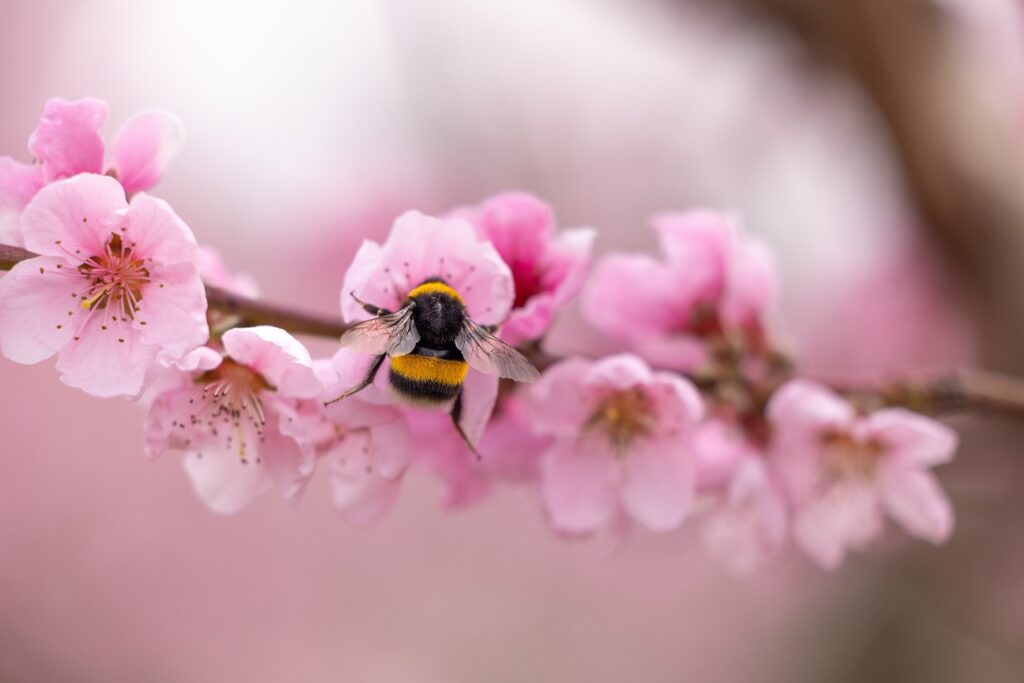To Share is to Show You Care!
Creating a pollinator garden is a great way to help support and conserve local bee and butterfly populations, while also adding beauty and interest to your outdoor space. However, it’s important to follow best practices to ensure that your garden is both attractive and functional for pollinators. Here are some tips to help you create a thriving pollinator garden.
1] Choose the right plants: When selecting plants for your pollinator garden, choose a variety of flowers that bloom at different times throughout the growing season. This will provide a continuous source of food for pollinators. Some great choices include sunflowers, zinnias, coneflowers, black-eyed Susan, and lavender. Be sure to also include native plants, as they are often more attractive to local pollinators.
2] Provide a source of water: Pollinators need water to survive, so make sure to include a shallow dish filled with stones for them to land on and a source of fresh water. Change the water frequently to prevent the growth of algae and other harmful substances.
3] Create a haven: Offer places for pollinators to rest and hide from the elements. This can be accomplished by planting dense shrubs or creating small shelters made from sticks and leaves.
4] Avoid using pesticides: Pesticides can be harmful to pollinators and should be avoided in your pollinator garden. Instead, use integrated pest management techniques and natural methods, such as companion planting and handpicking, to control pests.
5] Offer diverse habitats: To attract a variety of pollinators, provide a range of habitats, including sunny areas for bees and butterflies and shady areas for moths. Also, consider adding a compost bin, which can provide a source of food and shelter for many pollinator species.
6] Make it a long-term commitment: A thriving pollinator garden requires dedication and maintenance. Plan to keep your garden well-watered and weeded, and deadhead spent flowers to encourage continuous blooming.
7] Consider sun exposure: Pollinators need sunlight to warm their bodies and dry their wings. Make sure to choose a location for your garden that receives at least 6 hours of direct sunlight each day.
8] Provide a range of flower sizes and shapes: Different pollinators are attracted to different sizes and shapes of flowers. By offering a range of options, you can attract a greater diversity of pollinators to your garden.
9] Think about vertical space: Many pollinators, such as hummingbirds and moths, prefer to feed on flowers that are high off the ground. Consider adding trellises, arbors, or tall shrubs to your garden to provide vertical space for these pollinators.
10] Connect with the community: Join local gardening clubs or participate in community gardening events to connect with other pollinator enthusiasts and learn about new and exciting ways to support pollinators in your area. You can also share your garden with others and inspire others to create their own pollinator-friendly habitats.
Conclusion
Creating a pollinator garden is a rewarding experience that provides benefits for both you and the local ecosystem. By following these best practices, you can ensure that your garden is a haven for pollinators and a source of beauty and enjoyment for years to come.
The Informed Minds
I'm Vijay Kumar, a consultant with 20+ years of experience specializing in Home, Lifestyle, and Technology. From DIY and Home Improvement to Interior Design and Personal Finance, I've worked with diverse clients, offering tailored solutions to their needs. Through this blog, I share my expertise, providing valuable insights and practical advice for free. Together, let's make our homes better and embrace the latest in lifestyle and technology for a brighter future.

